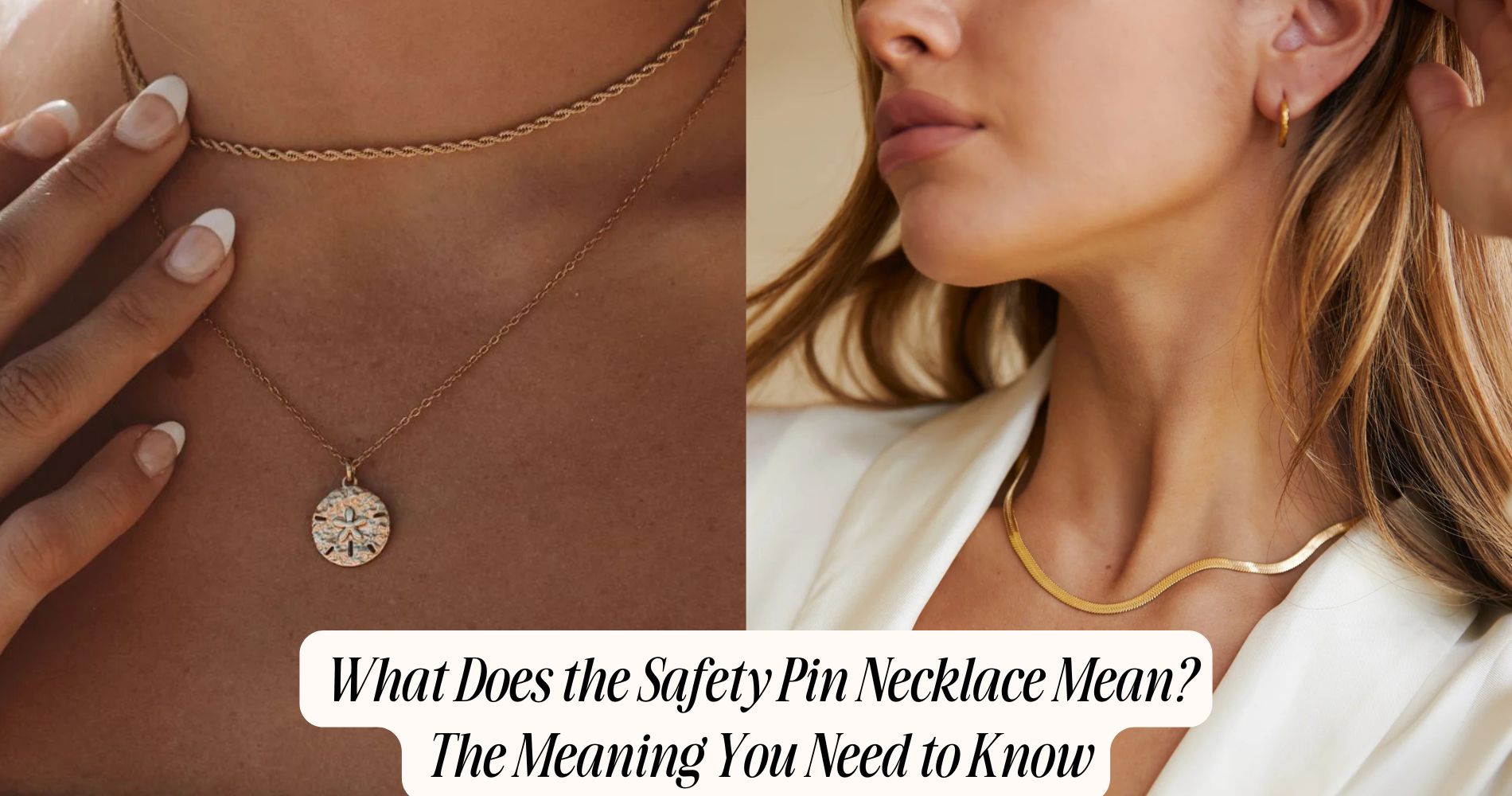
What Does the Safety Pin Necklace Mean? The Meaning You Need to Know
What does the safety pin necklace mean? It’s more than just a fashion statement. This small yet powerful accessory began as a practical tool in the 19th century, evolved into a punk symbol of rebellion in the 1970s, and later became a sign of solidarity and support. Today, it stands as a bold expression of individuality—thanks to fashion icons and cultural movements that reshaped its meaning. If you’re drawn to minimalist yet meaningful pieces, explore our Simple Stainless Steel Necklace collection for styles that speak volumes with subtle charm.
The Origins of the Safety Pin Necklace
Although safety pins were originally invented in the mid-19th century as a practical tool for fastening fabric, their transformation into necklaces reflects changing cultural landscapes over time. When you look at the historical context, you’ll notice that the safety pin was first valued for its utility and widespread accessibility.
Over decades, people began to assign new meanings to everyday objects, and the safety pin evolved beyond its basic purpose. In the early 20th century, you might've seen safety pins used for convenience, but by the mid-20th century, they started appearing as subtle fashion statements.
Their cultural significance grew as wearers used them to signal resourcefulness or make understated personal statements, setting the stage for later, more overt uses in self-expression and identity.
Punk Rock and the Safety Pin: A Symbol of Rebellion
When the punk movement erupted in the 1970s, safety pins took on a new life as a bold emblem of defiance and nonconformity. You’d see them everywhere—piercing ears, lips, jackets, and, of course, strung together as necklaces.
Punk rockers used safety pins as DIY accessories, rejecting mainstream fashion and embracing a raw, anti-establishment aesthetic. This wasn’t just about style; it was about making a statement.
By adopting everyday objects as fashion symbolism, punks challenged traditional norms and corporate control over self-expression. Bands like the Sex Pistols and their fans wore safety pins proudly, sending a message that you didn’t need expensive clothes to stand out.
Instead, you could create your own look and wear your rebellion on your sleeve—literally.
The Safety Pin as a Statement of Solidarity
As decades passed, the safety pin’s meaning evolved far beyond punk’s rebellion, becoming a powerful sign of unity during turbulent times. You can trace its historical symbolism to moments when communities faced division or crisis.
After key political events and social upheavals, people began wearing safety pins to quietly signal support for those feeling marginalized or threatened. The gesture draws on the safety pin’s humble function—holding things together—to express a desire for social cohesion.
Its cultural significance deepened after 2016, when safety pins surged as a public statement of solidarity. By donning a safety pin necklace, you’re not just making a fashion choice; you’re embracing a legacy of communal support.
This small, visible act carries a message: you stand beside those in need, fostering inclusivity and empathy.
Fashion Trends: How the Safety Pin Necklace Became Popular
While safety pins once symbolized rebellion and solidarity, their leap into mainstream fashion owes much to cultural icons and pivotal runway moments.
You can trace the transformation of the safety pin necklace from punk’s gritty roots in the 1970s, where it served as a mark of defiance, to its reinvention as a bold fashion accessory in the decades that followed.
Designers in the 1990s and 2000s reimagined safety pins, integrating their historical symbolism into high fashion collections.
Suddenly, what was once seen as utilitarian became a statement piece, seen on magazine covers and streetwear alike.
If you’re wearing a safety pin necklace today, you’re embracing both its rebellious past and its evolution as a stylish, meaningful accessory woven into fashion’s ongoing narrative.
Celebrity Influence and Pop Culture Moments
Although the safety pin necklace started as a symbol of counterculture, it gained explosive visibility once celebrities adopted it on red carpets and in music videos. When you see icons like Rihanna, Lady Gaga, or Harry Styles showcasing the safety pin necklace, they're not just making a fashion statement—they're reviving its historical symbolism.
In the early 2000s, punk legends and alternative artists wore safety pins as a sign of rebellion, but celebrity endorsements in the 2010s brought this accessory into mainstream consciousness. Through these pop culture moments, the safety pin necklace progressed from underground to high fashion.
Each time a celebrity wore it, they reinforced its message of solidarity and self-expression, ensuring its influence reached far beyond its DIY roots.
DIY Spirit: Making Your Own Safety Pin Necklace
Seeing celebrities embrace the safety pin necklace sparks a sense of creativity that's true to the accessory's punk roots.
When you explore crafting jewelry yourself, you’re tapping into a tradition that started in the late 1970s, when DIY accessories became symbols of rebellion and individuality.
Instead of buying a mass-produced piece, you take ordinary safety pins—sometimes mixing in beads, chains, or charms—and transform them into a statement that’s uniquely yours.
This hands-on approach recalls the gritty, resourceful energy of early punk icons who used what they'd to make bold fashion statements.
Over time, making your own safety pin necklace has evolved from an act of necessity to a celebrated expression of personal style and creativity, linking you to decades of countercultural innovation.
The Evolving Meaning in Today’s Social Movements
As social movements have gained momentum in recent years, the safety pin necklace has shifted from a punk fashion staple to a quietly powerful symbol of solidarity and allyship.
You’ll notice its resurgence during times of heightened tension—like after Brexit, the U.S. 2016 election, and throughout Black Lives Matter protests—when people sought visible signs of support for marginalized groups.
Wearing a safety pin necklace now signals your commitment to community activism and social justice, marking you as a safe ally in public spaces.
This transformation reflects a broader cultural trend: as awareness of systemic inequality grows, so does the desire for subtle yet meaningful gestures.
Frequently Asked Questions
Are Safety Pin Necklaces Safe to Wear for People With Metal Allergies?
When you have a metal allergy, safety pin necklaces can irritate your skin unless you choose hypoallergenic options. Over time, fashion brands have offered stainless steel or titanium versions, letting you enjoy this punk-inspired trend safely and stylishly.
Can Safety Pin Necklaces Be Worn in Formal Settings?
You can absolutely wear safety pin necklaces in formal settings. Their fashion versatility has evolved over time, blending punk origins with modern elegance. As cultural symbolism shifts, these accessories can now make bold, stylish statements, even at upscale events.
What Materials Are Used in High-End Safety Pin Necklaces?
When you explore high-end safety pin necklaces, you’ll notice designers prioritize metal craftsmanship, using gold or platinum. Over time, cultural trends introduced gemstone accents, so you’ll see diamonds or sapphires, blending punk roots with contemporary elegance.
How Do You Clean and Maintain a Safety Pin Necklace?
When you clean your safety pin necklace, start with gentle jewelry cleaning solutions and a soft cloth. Over time, follow maintenance tips from vintage punk culture—avoid harsh chemicals and store it properly to preserve its unique statement.
Are Safety Pin Necklaces Suitable for Children or Teens?
You should consider child safety first since safety pin necklaces can pose risks for young children. However, they've become a staple in teen fashion, evolving from punk culture in the 1970s to today's expressive, personalized accessory trends.
Conclusion
Now that you’ve traced the safety pin necklace from its punk rock rebellion roots to its role in today’s social movements, you can see how this simple accessory packs cultural punch. It’s been reclaimed time and again—as solidarity, protest, or fashion statement—by different generations. When you put one on, you’re not just wearing a trend; you’re connecting with decades of DIY spirit, celebrity moments, and evolving meanings that reflect changing times and collective courage.







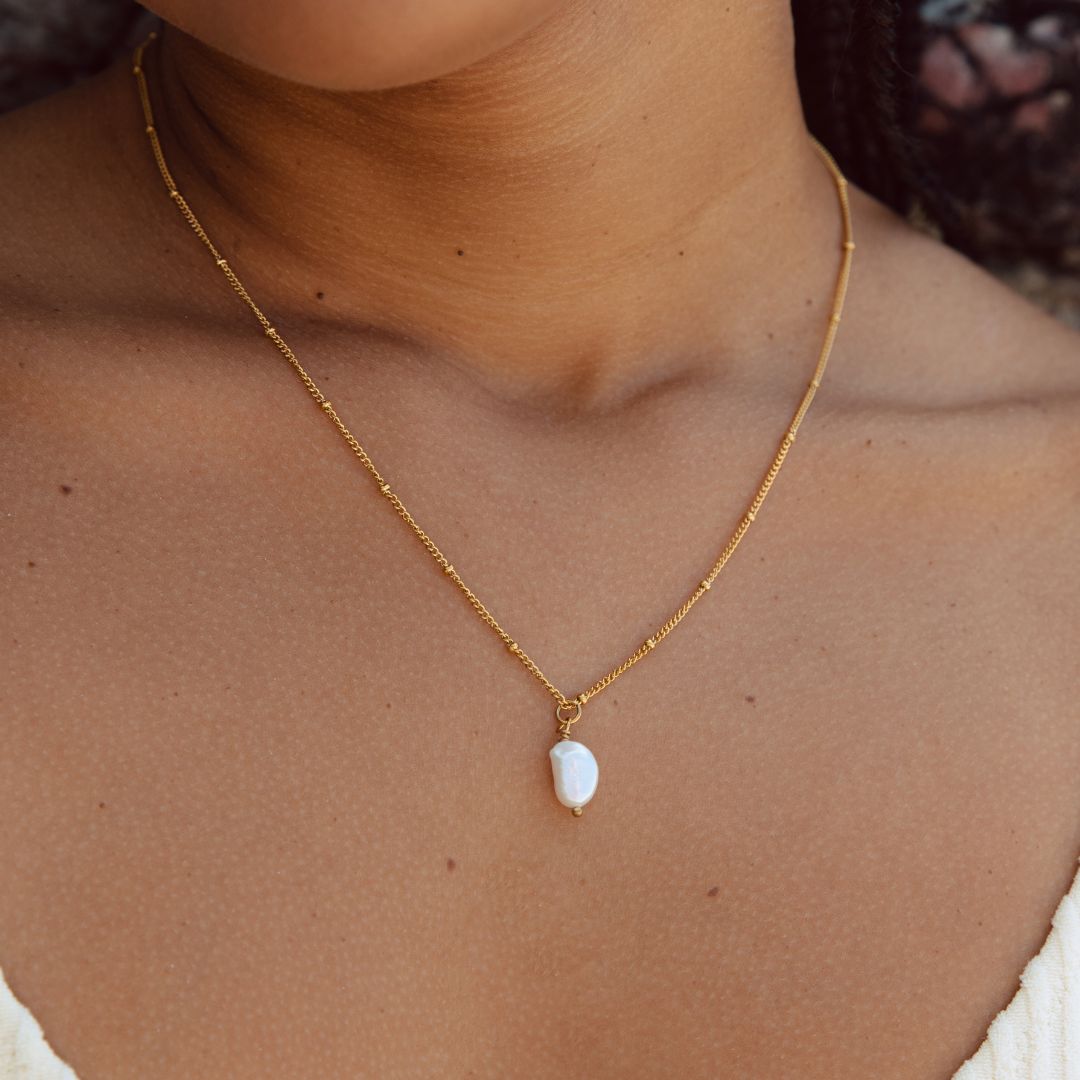

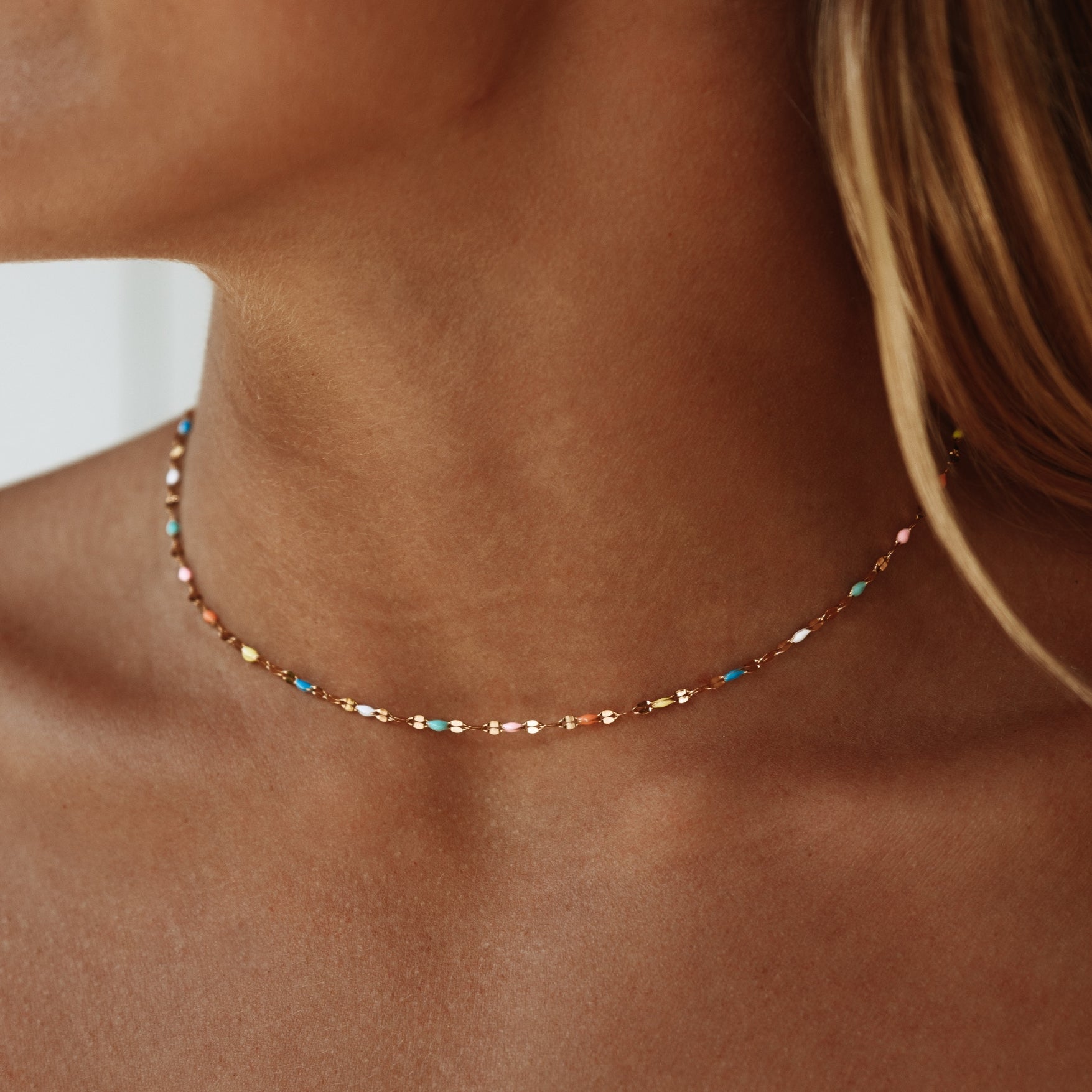


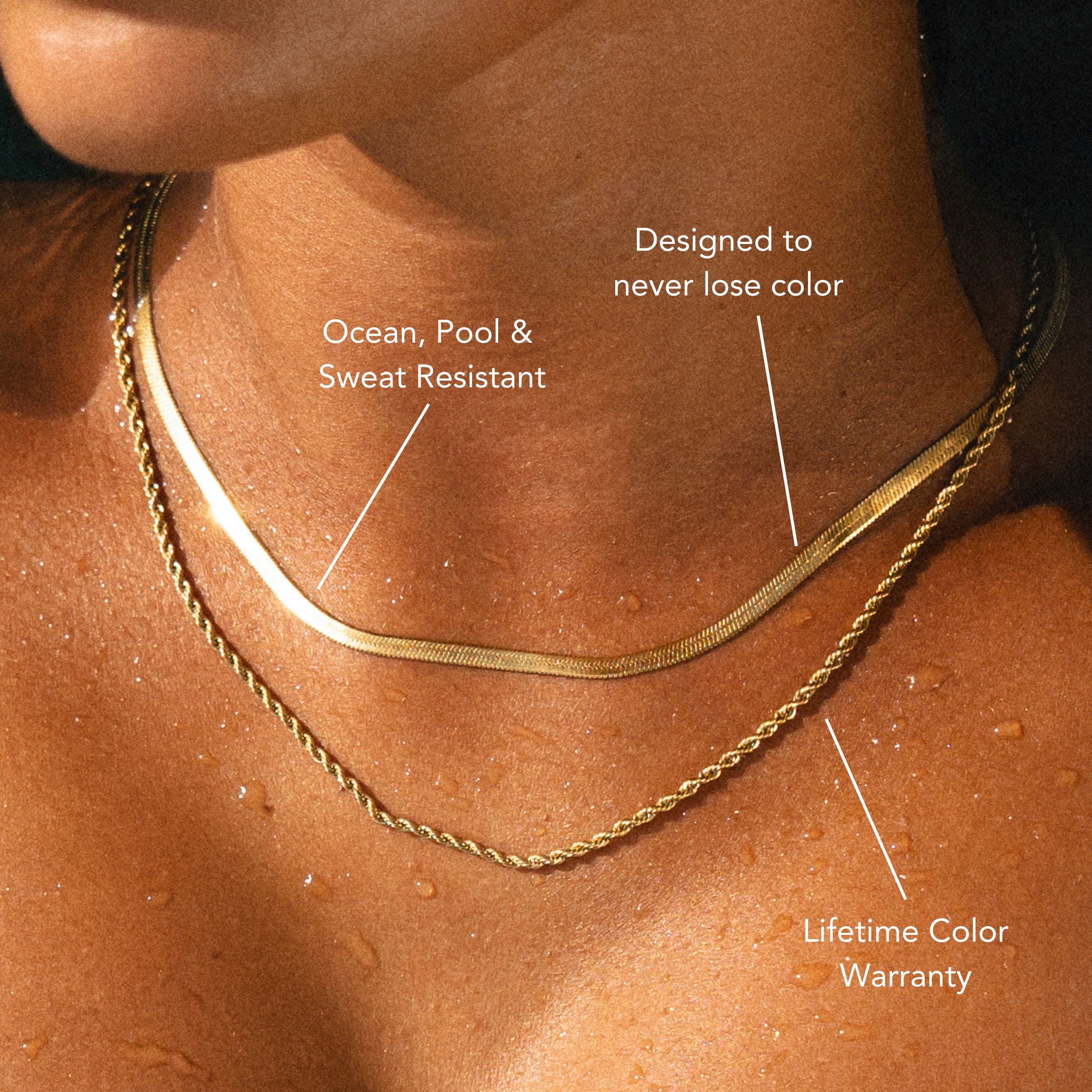
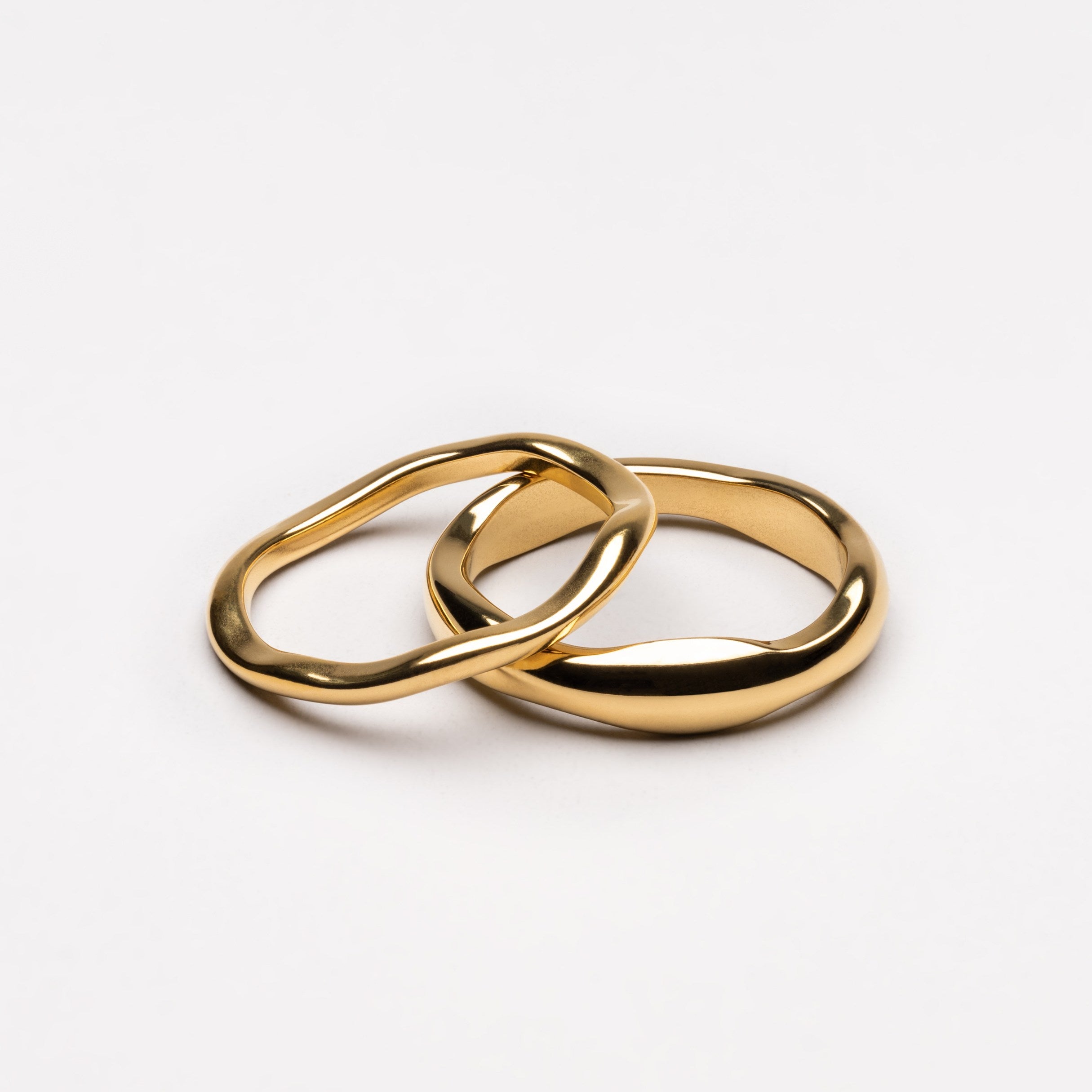


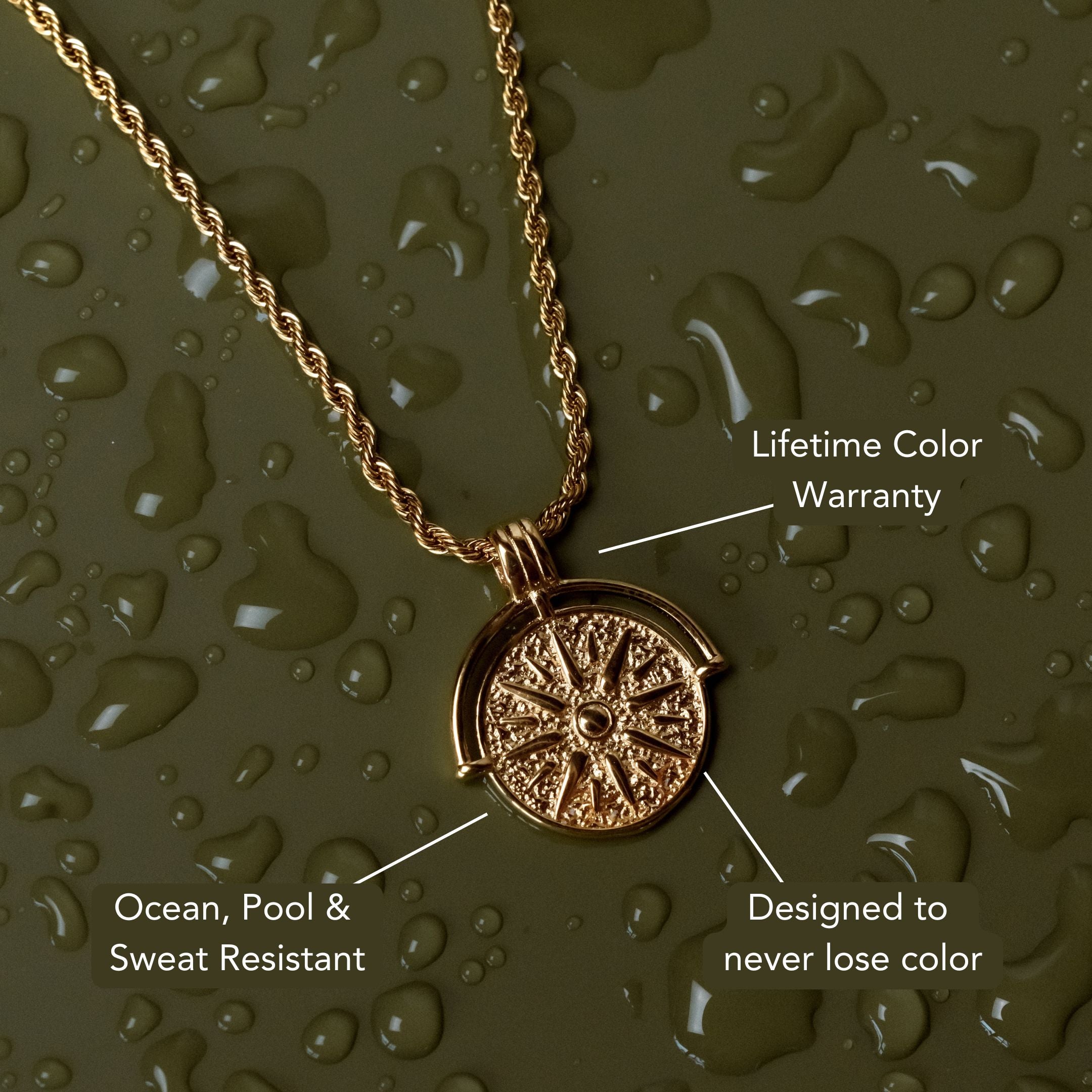

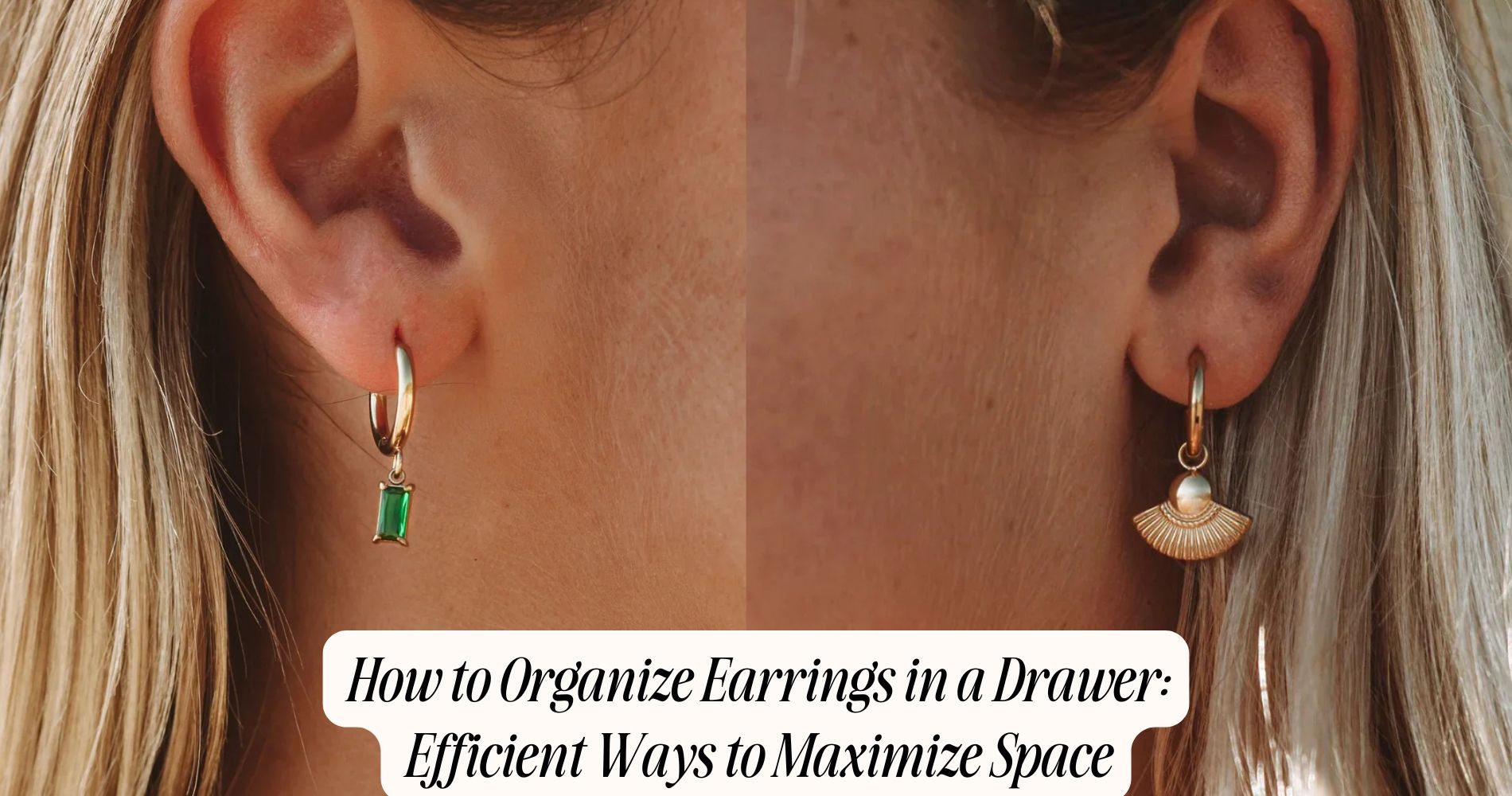




Leave a comment
This site is protected by hCaptcha and the hCaptcha Privacy Policy and Terms of Service apply.